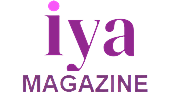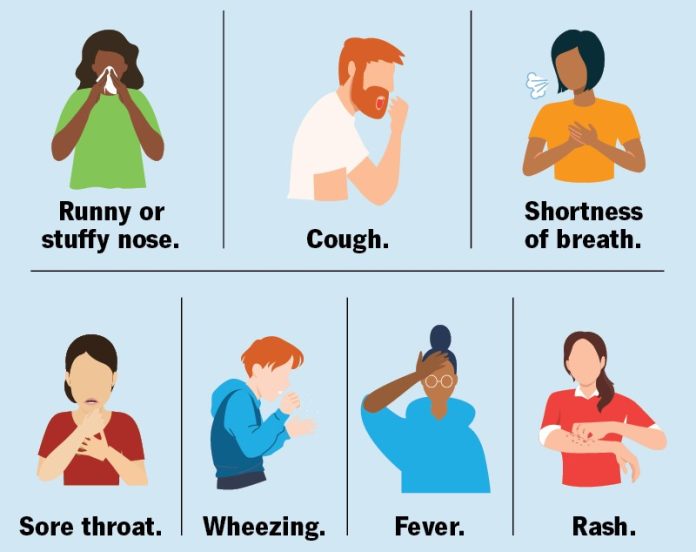The World Health Organisation advised against any travel or trade restrictions related to current trends in acute respiratory infections based on the current risk assessment
WHO gave the recommendation in its Disease Outbreak News on trends of acute respiratory infection, including human metapneumovirus, in the Northern Hemisphere.
“WHO recommends that individuals in areas where it is winter take normal precautions to prevent the spread and reduce risks posed by respiratory pathogens, especially to the most vulnerable. People with mild symptoms should stay home to avoid infecting other people and rest. People at high risk or with complicated or severe symptoms should seek medical care as soon as possible. Individuals should also consider wearing a mask in crowded or poorly ventilated spaces, cover coughs and sneezes with a tissue or bent elbow, practice regular handwashing, and get recommended vaccines as per physician and local public health authorities’ advice.
“WHO advises Member States to maintain surveillance for respiratory pathogens through an integrated approach, considering country context, priorities, resources and capacities.
“Based on the current risk assessment, WHO advises against any travel or trade restrictions related to current trends in acute respiratory infections,” it stated partly.
The global health body said according to the most recent surveillance data on acute respiratory infections shared by the China CDC with data up to 29 December 2024, there has been an upward trend of common acute respiratory infections, including those due to seasonal influenza viruses, RSV and hMPV – as expected for this time of year during the Northern Hemisphere winter.
It noted that influenza is currently the most reported cause of respiratory disease, with the highest positivity rate among all monitored pathogens for all age groups except children aged five to 14 years for whom mycoplasma pneumoniae had the highest positivity rate.
“SARS-CoV-2 activity remains low however with an increase in reported severe COVID-19 cases. The predominant circulating SARS-CoV-2 variant in the country is XDV and its sublineages accounting for 59.1 per cent detection among sequenced samples.
“ILI activity in China’s northern and southern provinces have been increasing since late 2024, following the previous year’s trends. Current ILI activity in the southern provinces remains below that of the previous two years, while current ILI activity in the northern provinces is similar to levels seen at this time in the previous two years,” it said.
It highlighted that China’s reported levels of acute respiratory infections, including hMPV, are within the expected range for the winter season with no unusual outbreak patterns reported.
“Chinese authorities confirmed that the health care system is not overwhelmed, hospital utilisation is currently lower than this time last year, and there have been no emergency declarations or responses triggered. Since the expected seasonal increase was observed, health messages have been provided to the public on how to prevent the spread of respiratory infections and reduce the impact of these diseases,” it stated.
It added that based on the expected increase in respiratory infections during the winter season, countries, including China, have been providing health messages to the public on how to prevent the spread of respiratory infections and reduce the impact of disease.
On its risk assessment, it said, “In temperate climates, seasonal epidemics of common respiratory pathogens, including influenza, occur often during winter periods.
“The observed increases in acute respiratory infections and associated pathogen detections in many countries in the Northern hemisphere in recent weeks is expected at this time of year and is not unusual. The co-circulation of respiratory pathogens may pose a burden to health facilities.”


